2025-03-26
Share
LED displays are now very popular and can be seen everywhere. But do you really know about LED displays? In this article, we will discuss some basic aspects of LED displays, including the basic knowledge, types, and common application scenarios of LED displays.
LED display basics
LED technology:
LED stands for "light emitting diode". It is a semiconductor device that emits light when an electric current passes through it. LED technology is widely used in various applications, including LED displays.
Pixel structure:
LED displays are composed of many individual LED arranged in a grid pattern. Each LED represents a pixel on the display. In full-color LED displays, each pixel usually contains three individual LED (red, green, and blue), which are combined to produce a variety of colors.
Display type:
LED displays come in many forms, including large outdoor digital billboards, stadium screens, indoor video walls, and small LED panels for information displays or signage.
High brightness:
LED displays are known for their high brightness output, which can be widely used in indoor and outdoor environments; even in strong sunlight outdoors, they can clearly present the required picture.
High Energy Efficiency:
LED displays are more energy efficient than traditional display technologies such as CRT (cathode ray tube) or fluorescent displays. LED lamp beads usually have the characteristics of low power and high brightness operation.
Extremely long service life:
LED displays have a long service life, usually 50,000 to 100,000 hours of operation, which is very suitable for long-term use.
High contrast and color reproduction:
LED displays have extremely high contrast, which can present clear and vivid images; excellent color reproduction ensures accurate color display effects, easily reproduces various colors, and the picture colors are bright and vivid.
Control system:
The control system of the LED display can achieve precise control of the content and individual LED lamp beads, so as to achieve perfect presentation of a variety of content, such as static images, videos, animations, and even real-time data sources.
Modular design:
LED displays usually use modular design, which can be spliced and used arbitrarily to form larger LED displays of various sizes and aspect ratios.
Multi-purpose:
LED displays are multi-purpose and have a broad market space, such as LED billboards, stadiums, traffic signs, retail displays, command centers, scoreboards, etc.
Types of LED Displays
There are many different types of LED displays, each with its own characteristics and applications. Here are some common types of LED displays:
LED Video Wall:
LED video walls are usually composed of multiple single small LED panels seamlessly spliced together to form a wall-mounted LED display, which is very suitable for immersive video playback in large commercial buildings, commercial centers and other places, giving the audience an extreme visual impact.
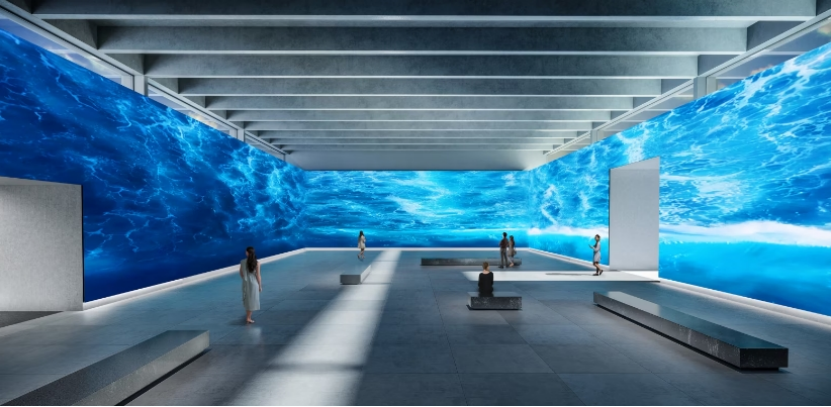
LED billboards:
LED billboards are generally LED display screens used for outdoor advertising and information dissemination. Because they are fixedly installed in outdoor environments, they need to cope with various weather conditions and have high brightness properties to adapt to outdoor strong light environments and present clear and visible images.
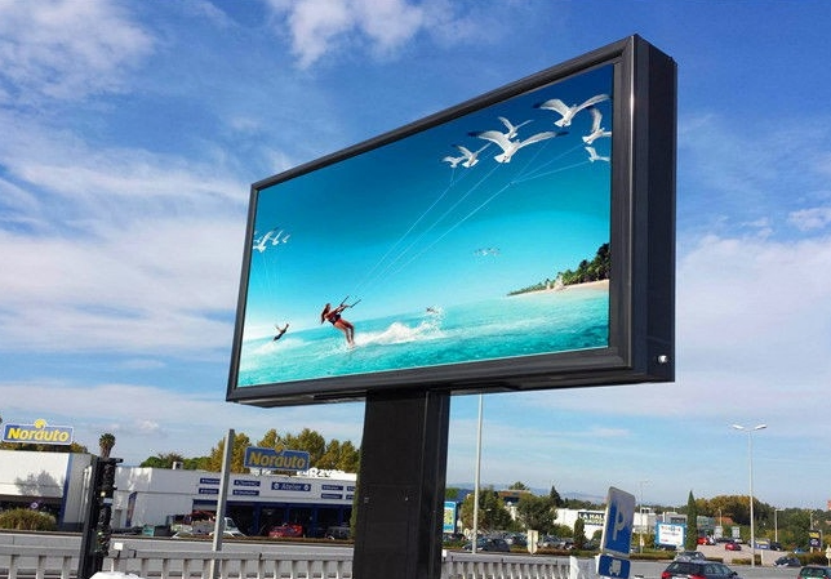
LED screens:
LED screens are widely used in retail stores, airports, company lobbies and other indoor environments where information or advertisements need to be displayed.
LED Scoreboard:
LED scoreboards are mainly used in sports stadiums to display scores, game statistics and other relevant information during sports events.
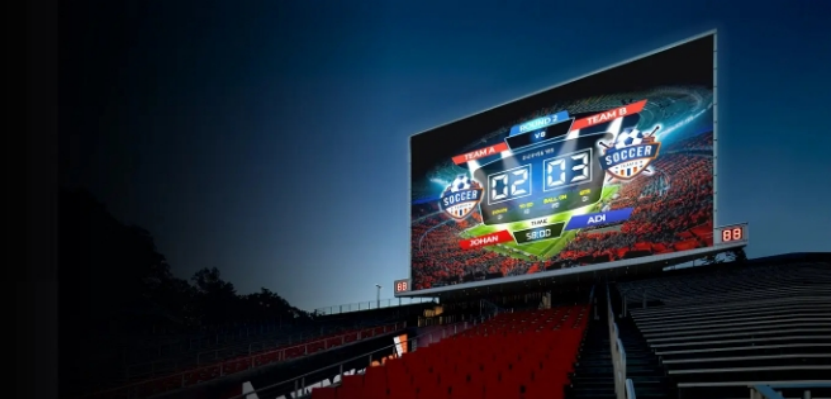
LED Signs:
LED signs have a variety of uses, including displaying information, advertising, and guiding. They can be found at transportation hubs, public areas, retail stores, and other locations where information needs to be communicated to the public.

LED Matrix Screens:
LED matrix screens consist of an array of individual LED arranged in a grid pattern. They are typically used for text displays, simple graphics, and low-resolution applications such as electronic signage, bus destination displays, and message boards.
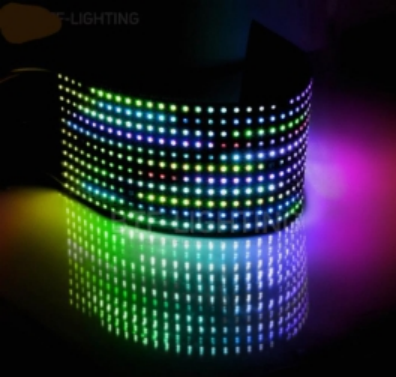
Flexible LED screen:
Flexible LED screen uses a flexible substrate that can be bent into various shapes to adapt to various unique LED display effects.
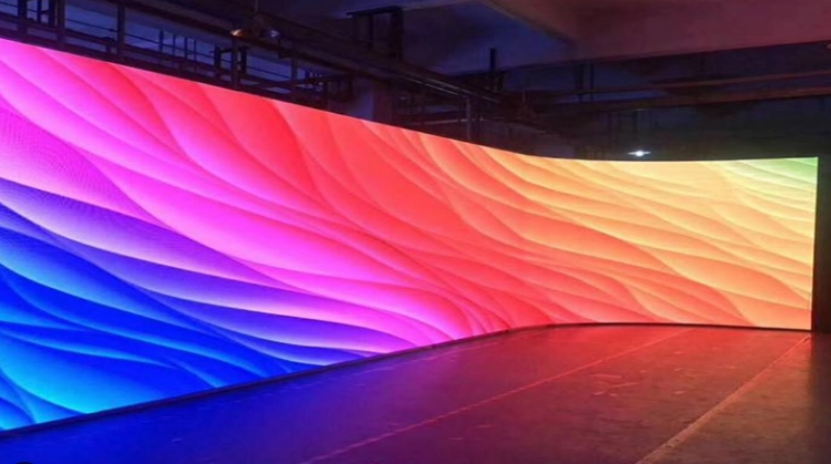
Transparent LED Screens:
Transparent LED screens are designed using the see-through principle, allowing viewers to see what is displayed on the screen while still maintaining visibility through the display. They are often used in retail environments, showrooms, and architectural installations.
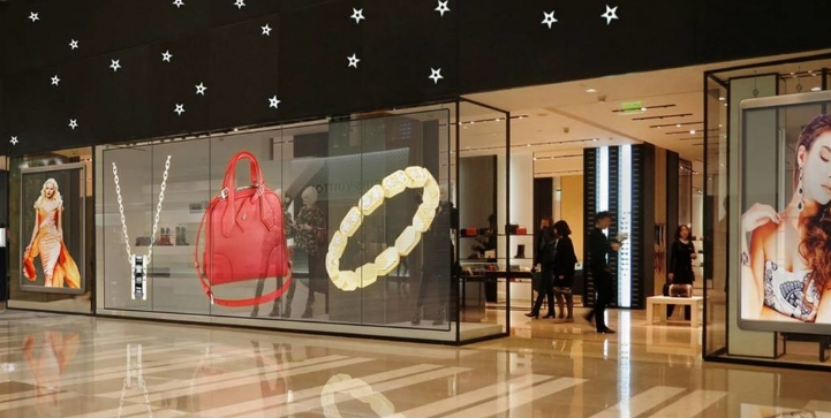
These are just a few examples of the types of LED displays available. Technology is constantly advancing and new types and variations may emerge in the future.
Applications of LED Displays
LED displays have a wide range of applications across industries due to their versatility and visual impact. Here are some common applications of LED displays:
Advertising & Marketing:
LED displays are widely used for advertising and marketing purposes. They are used in outdoor billboards, digital signage, and video walls to provide dynamic and eye-catching content. LED displays allow for creative and interactive advertising campaigns that attract attention and increase brand awareness.
Sports & Arenas:
LED displays are commonly found in stadiums and arenas to provide live score updates, replays, and other game-related information. Large LED video boards are used to engage and entertain spectators, enhancing the overall fan experience.
Retail:
LED displays are widely used in retail to attract customers, promote products, and create an immersive shopping experience. They can be used to display product information, advertisements, and even allow customers to explore and interact with products through the display.
Control Rooms & Command Centers:
LED video walls are used in control rooms and command centers to monitor and manage critical operations. They provide operators with a comprehensive view of data, surveillance footage, and real-time information to make effective decisions.
Transportation Hubs:
LED displays are used in transportation hubs such as airports, train stations, and bus terminals to provide passengers with information about arrivals, departures, schedules, and announcements. LED displays ensure clear visibility and promote efficient communication.
Entertainment Venues:
LED displays are widely used in entertainment venues such as theaters, concert halls, and music festivals to enhance the visual experience. They serve as a backdrop for performances, displaying visual effects, graphics, and real-time video to create an engaging atmosphere.
Corporate Spaces:
LED displays are suitable for corporate environments, including conference rooms, lobbies, and boardrooms. They can be used for presentations, digital signage, internal communications, and branding, allowing companies to effectively communicate information and engage employees and visitors.
Education and Training:
LED displays are used in educational institutions to provide interactive learning experiences. They can display educational content, presentations, and multimedia materials to promote participation and enhance the learning process.
Public Places and Landmark Buildings:
LED displays are used in public places, city centers, landmarks, and other places for information dissemination, public announcements, art displays, and more. They help improve the visual aesthetics of their surroundings and provide valuable information to the public.
These are just a few examples of the many applications of LED displays. As technology advances, LED displays continue to find new applications and adapt to emerging trends in various industries.